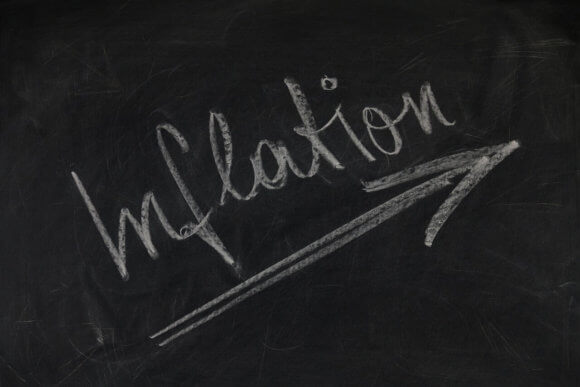The National Bank of Romania has published the Inflation Report for November 2019. As shown in the report, the annual CPI inflation rate returned to the upper bound of the variation band of the flat target of 2.5 percent ± 1 percentage point, ending 2019 Q3 at 3.49 percent (0.35 percentage points below the June level and 0.2 percentage points below the latest forecast). Behind the disinflationary trend stood mainly the declines in vegetable prices amid a good harvest across the EU. Opposite influences stemmed from tobacco product prices and the slightly faster growth of the adjusted CORE2 inflation rate, indicating the persistence of inflationary pressures from fundamentals.
Continuă lectura „Developments in inflation”Minimum wages in 2019
According to the Eurofound’s annual review of minimum wages in the EU, there have been wage increases for minimum and low-wage earners in most EU Member States, with rises in statutory minimum wages in almost all countries since January 2018; including significant increases in Lithuania, Spain, Greece and low-wage newer Member States. While these increases are welcomed as good news for minimum wage workers, Eurofound’s research shows workers may not automatically feel the positive impacts of these changes in terms of income and reductions in wage inequality. This is because these increases can be offset by changes in taxation; that there are many groups of workers that do not avail of minimum rates; and, although women are proportionately more likely to work in minimum wage jobs, increasing the minimum wage may not mean closing the gender pay gap.
Continuă lectura „Minimum wages in 2019”NBR: Inflation Report
Developments in inflation and its determinants
The annual CPI inflation rate consolidated in positive territory, reaching 0.85 percent in June, after having posted a notable increase in Q2 (+0.67 percentage points versus end-Q1). Its path reflected upward domestic pressures, arising from the pick-up in companies’ production costs, whose pass-through into end-user prices for consumer goods is favoured by the opening of the positive output gap.
Labour market developments
According to the Inflation Report published by the NBR, during the period from October 2016 to January 2017, the number of employees in the economy kept rising at the relatively robust pace it had posted since the beginning of 2016 (+3.5 percent in annual terms). The advance was further ascribable to hiring in market services in particular, with trade, administrative and support service activities, and transport making significant contributions, bolstered by the brisk pace of increase of consumption.




